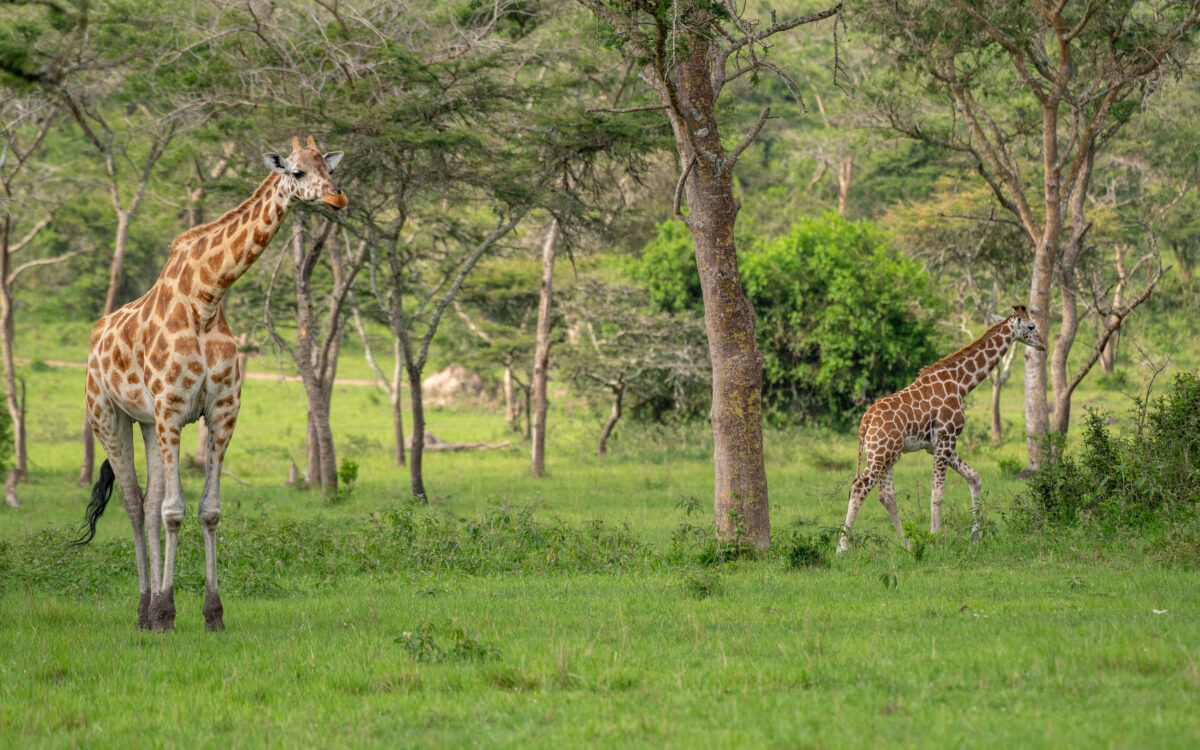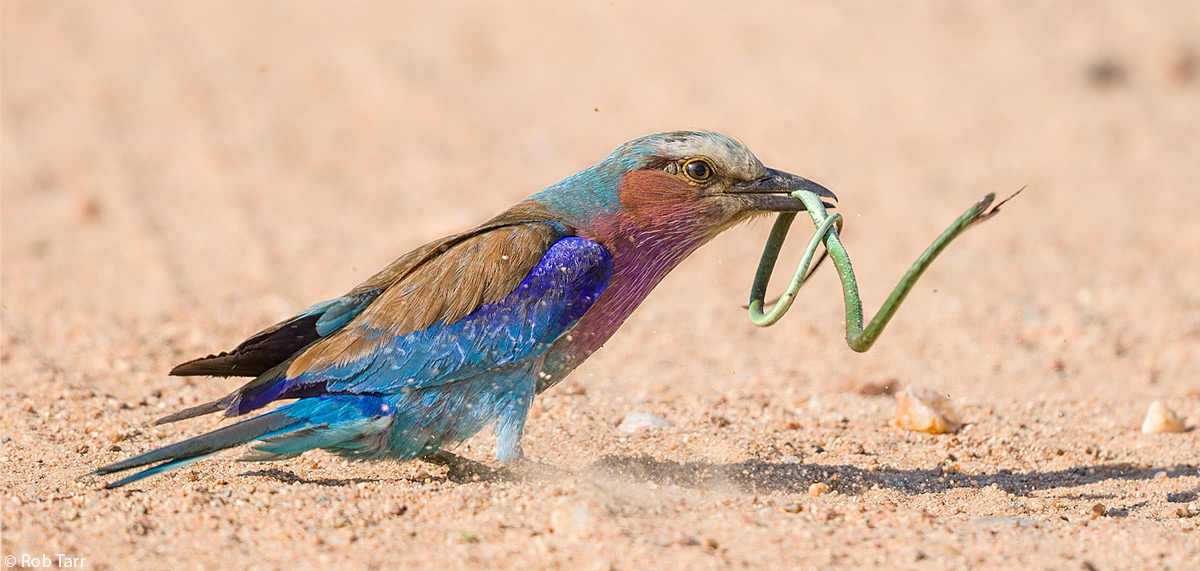About Lake Mburo National Park—Uganda’s Hidden Gem
Nestled in the heart of Uganda’s western region, Lake Mburo National Park is a breathtaking wilderness sanctuary teeming with diverse wildlife, stunning landscapes, and immersive safari experiences. Despite being Uganda’s smallest savannah park at 370 square kilometers, it boasts an impressive variety of animals, bird species, and scenic vistas that make it a must-visit destination for nature lovers and adventure seekers.
Conveniently located just 240 km from Kampala, Lake Mburo is the closest national park to Uganda’s capital, making it an ideal getaway for weekend safaris, short tours, and stopovers for travelers heading to or from Bwindi Impenetrable Forest and Queen Elizabeth National Park.
A Rich History of Conservation in Lake Mburo National Park.
Lake Mburo National Park has a fascinating history rooted in conservation and local culture. Originally designated as a controlled hunting area in 1933, it later became a game reserve in 1963 before earning national park status in 1983. Over the years, it has evolved into a thriving ecosystem, co-managed by the Uganda Wildlife Authority (UWA) and local communities who play a crucial role in protecting its biodiversity. Sustainable ecotourism efforts ensure that the park remains a sanctuary for wildlife while benefiting nearby communities.
Lake Mburo’s diverse ecosystem features rolling hills, open savannahs, acacia woodlands, rocky outcrops, seasonal swamps, and five interconnected lakes, including the renowned Lake Mburo. This uncommon combination of habitats supports an array of wildlife and plant species, offering visitors an ever-changing scenery of raw natural beauty.
The park’s wetlands and water bodies form part of the larger Nile Basin, acting as a crucial lifeline for aquatic creatures and birds. Whether you're watching the sun set over the lake or exploring the vast plains dotted with grazing zebras, the picturesque landscape makes for an unforgettable safari experience.
Wildlife of Lake Mburo.
Lake Mburo National Park may be compact, but it offers a wildlife experience like no other. It is home to over 68 mammal species, including some that are rare or absent in other Ugandan parks.
Mammals You’ll Encounter:
-
Zebras: One of the few places in Uganda where large zebra populations roam freely.
-
Impalas: The only national park in Uganda with significant impala populations.
-
Elands: Africa’s largest antelope, often seen in herds.
-
Buffaloes & Warthogs: Commonly spotted grazing across the savannah.
-
Hippos & Crocodiles: Found basking in the waters of Lake Mburo.
-
Leopards & Hyenas: Nocturnal predators best seen during night game drives.
-
Topis, Bushbucks & Reedbucks: Various antelopes thrive in Lake Mburo's open grasslands.

Birds in Lake Mburo
With over 350 recorded bird species, Lake Mburo is a haven for bird lovers. From the elusive shoebill stork to the vibrant red-faced barbet, the park provides endless opportunities to observe rare and colorful birds. Some highlights include:

-
The African Finfoot is frequently spotted along the shores of the lake.
-
The saddle-billed stork is a strikingly beautiful water bird.
-
Barefaced Go-away Bird—This bird can be identified by its unique call.
-
Malachite & Pied Kingfishers are frequently spotted during boat safaris.
Best Time to Visit—When to Plan Your Lake Mburo Safari
Uganda’s tropical climate makes Lake Mburo National Park a year-round destination, but certain months offer better wildlife viewing and safari experiences.
-
Dry Season (June to August & December to February): Best time for game drives as animals gather around water sources, and the roads remain easily navigable.
-
Wet Season (March to May & September to November): Lush, green landscapes with spectacular birdwatching opportunities. Some tracks may be muddy, but the scenery is breathtaking.
Regardless of when you visit, Lake Mburo’s wildlife is active year-round, ensuring an exciting safari experience in any season

